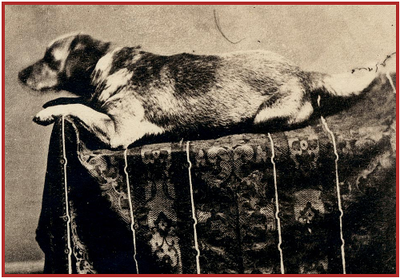The Groundhog is the only mammal to have a day named for him. Groundhog Day falls on February 2nd, each year.
The Pennsylvania Dutch introduced the tradition to the U.S. in the 18th century. Originally, these early German immigrants had celebrated Candlemas in Germany with the badger, but transferred the honor to the Groundhog.
Candlemas is 40 days after the birth of Jesus, commemorating Mary’s ritual purification.
The belief is that if Candlemas is sunny and the Groundhog can see his shadow, the next 6 weeks of winter will be cold and stormy. However, if it rains or snows on Candlemas, the remaining weeks of winter will be mild.
In Europe, other winter hibernating animals were used. It was thought that these animals came out of hibernation to foretell if spring would arrive soon.
The official Groundhog is Punxcutawny Phil, named for the place in Pennsylvania where he is kept. Phil’s keeper dresses in a tuxedo each February 2nd and Phil is awakened to whisper his forecast in the keeper’s ear. The keeper then lets the gathering know the results. No matter what the prediction, the crowd enjoys a noisy celebration.
We won’t spoil the fun by telling you Phil’s keeper’s secret. And of course we all know that eventually, spring will arrive.
The Groundhog is also known as a woodchuck. It is a rodent belonging to the family of ground squirrels known as marmots.
Groundhogs live in lowland areas and are found throughout North America. They are common in the northeastern and central U.S. and can be seen even in Alaska.
Groundhogs are 15-26 inches long including their 6 inch tail and weigh about 4-9 lbs. In the absence of predators and with lots of alfalfa to eat, they can grow much larger. In captivity they can live longer, but the average lifespan in the wild is up to 6 years.
Groundhogs have double coats with a dense undercoat of gray fur and a longer top coat with banded guard hairs.
Groundhogs are burrowers and build intricate tunnels with several entrances for safety. Depending on climate, they hibernate for as little as 3 months or can stow away from October through to March.
As a means of escape from predators, they can choose to swim where water is available or can expertly climb trees. They use their 2 large incisors and front claws to defend themselves against predators. When sensing danger, the lookout groundhog will warn others with a high-pitched whistle.



